“The Mind Grows in Magnitude” is a seminal discourse given by Shrii Prabhat Rainjan Sarkat on 2 June 1990 in Anandanagar. Below are the first paragraphs and a text to audio rendition of the entire discourse:

“Amongst the different faculties of this globe in the
The first mental faculty is that the mind thinks: the mind discovers and invents newer modes of thinking, the mind thinks with concentration, that is, the mind meditates. Regarding this faculty of thinking, if it is done in a methodical way, the result is certainly positive: a negative result is achieved only in certain rare cases. But if it is not done in a methodical way, the general result is negative: only in very rare cases do we get a positive result. So our students, our boys and girls, our ladies and gentlemen should be taught how to think in a methodical style, otherwise there will be wastage of mental potentialities. We do not want such wastage to take place in this age of science.”
It is a fact that in this age of science there has been a great development in social science concerning the thinking processes and the ways or tools that can be used to make it more methodical and productive. Here is a good article about the subject:
Thinking Methods
Explore different methods of thinking.
Click on a heading to add your comment or review.
Don’t see your favorite Thinking Method listed?
[SUGGEST A THINKING METHOD] It’s free.
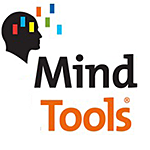
Brainstorming
Brainstorming is the most familiar and popular idea-generating technique for groups. Useful in all stages of a larger problem-solving process, brainstorming is entirely divergent.

Charrette
A formal version of Charrette involves creative cram sessions over a number of days in which architects, their creative suppliers, municipal officials, developers, and residents participate. Such sessions are also called inquiry by design.
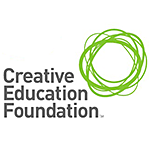
Creative Problem Solving
Since the arrival of the now classical Osborn-Parnes structure, any number of academic and business entities have re-sorted and renamed the stages and phases of what we now call the Creative Problem Solving Process (CPS).

Daydreaming
It is a method of following self-thought one after another, make one drifts in stream of ideas which, eventually take a conic shape: what seemingly started as random thoughts will end as a tip of the cone: the ultimate idea.
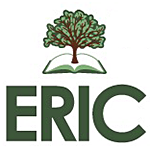
Dialectical Approaches
Several problem-solving approaches use debate to eliminate assumptions and to generate original ideas.

Force-Field Analysis
Force-Field Analysis identifies the competing forces associated with a problem and uses brainstorming to find solutions
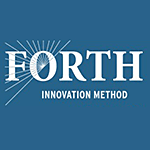
FORTH Innovation Method
The FORTH innovation method is a customer oriented inspiring practical innovation method in five steps to create new products and services. Within 14 weeks of the kick-off you create 4 mini new business cases with a cross functional team.

K-J Method
The K-J Method was developed as the the Affinity Diagram by Jiro Kawakita in the 1960s and has become one of the Seven Management and Planning Tools used in Total Quality Control

Lateral Thinking
Lateral Thinking is a deliberate, systematic creative-thinking process that deliberately looks at challenges from completely different angles.
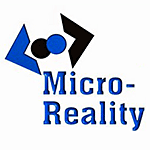
Micro-Reality
Micro-Reality is a mind development technique that studies and dissects problems and challenges with a view to provide new, customized and dynamic solutions.

Mind Mapping
Mind mapping is essentially a non-linear form of outlining. The idea is to make an organically associated diagram of words, concepts, ideas, tasks, decisions, or other information, and to link individual items as their associations demand.
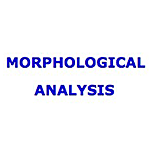
Morphological Analysis
Morphological Analysis provides a system and format for examining the parameters of complex problem situations for novel combinations that can be developed into creative solutions.

Productive Thinking
Productive Thinking is a problem-solving and opportunity-finding framework designed to incorporate creativity techniques such as brainstorming and lateral thinking as needed.

SCAMPER
SCAMPER is an acronym for seven thinking techniques that help those who use them come up untypical solutions to problems. The thinking techniques are so common to human creative behavior that it might be more accurate to call SCAMPER a mnemonic for the collection of techniques rather than a technique of its own.
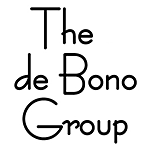
Six Thinking Hats
The Six Thinking Hats method identifies six modes of thinking, which are meant to be directed in parallel at the problem at hand. This parallel thinking approach proactively discourages and replaces the argumentative approach in which members of a group advocate for opposing solutions.

SWOT Analysis
SWOT Analysis is well known as a business tool for planning but you can find that very useful generally in thinking.

Synectics
The basis of Synectics lies in the meaning of the name. Throughout a Synectics session, the facilitator is responsible for bringing together and guiding a diversity of people, their divergent ideas, and random stimulation.
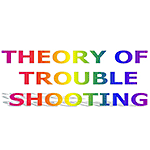
Theory of Trouble Shooting
This Theory is necessary for finding out root cause of any trouble in any system/machine. When you read it, you will appreciate the fact that no one has so far solved any trouble in any system/machine without inadvertant use of this method; which I have researched & documented meticulously.
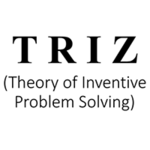
TRIZ
Based on the hypothesis that there exist universal principles of creativity or patterns of invention, it follows that all solutions have been discovered. The TRIZ methodology relys on a knowledge base of such invention models.
SUGGEST A THINKING METHOD

